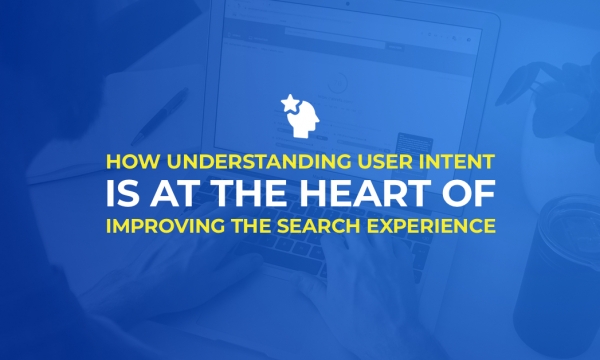Local search provides huge opportunities for brands to engage with highly engaged audiences, so just how do they make sure that they are in prime position to take advantage of that?
As mobile internet usage has grown, audiences have come to rely more heavily on mobile search throughout the various stages of the customer journey, and are increasingly using their mobile as a tool to access information throughout the course of everyday life.
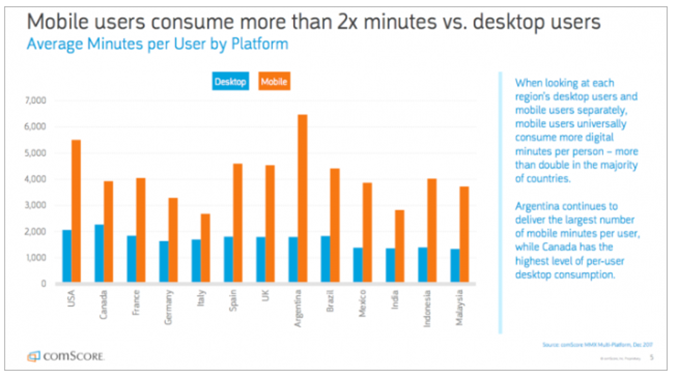
That creates a wealth of opportunities and moments where brands can reach and engage audiences and particularly for ‘bricks and mortar’ businesses, mobile represents a significant opportunity to drive store footfall.
The rise and opportunity of ‘near me’
The growth of mobile and the way in which consumers search for information and products on the move has driven the consistent growth of so-called “near me” searches – search terms for a brand or service that are appended with the term “near me”.
Google Trends data over the last five years shows just now these searches have grown in the UK.
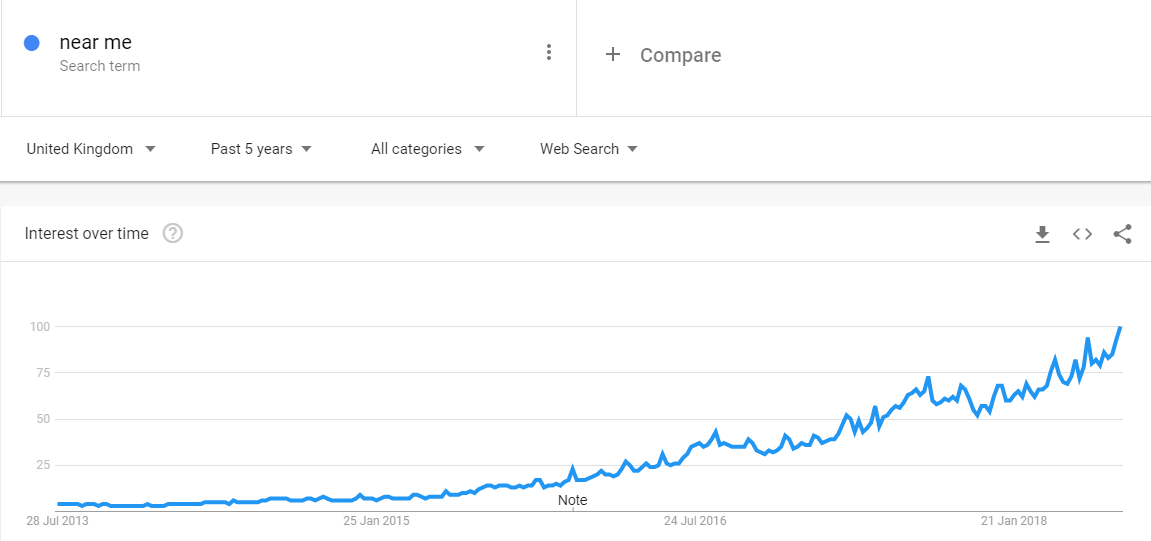
But the way in which searchers use this search term has also evolved. Whilst behaviour around the “near me” search term would typically focus on specific brands (such as “Nandos near me” or “Tesco near me”) or types of service (such as “restaurants near me” or “petrol stations near me”), the use of “near me searches” has now evolved to discover specific products.
At the Google Marketing Live keynote back in July this year, Google’s Head of Ads Sridhar Ramaswamys highlighted just users are actually using the feature to find specific products – “hiking boots near me” or “masonry screws” near me for example, and this is reflected in Google trends data.
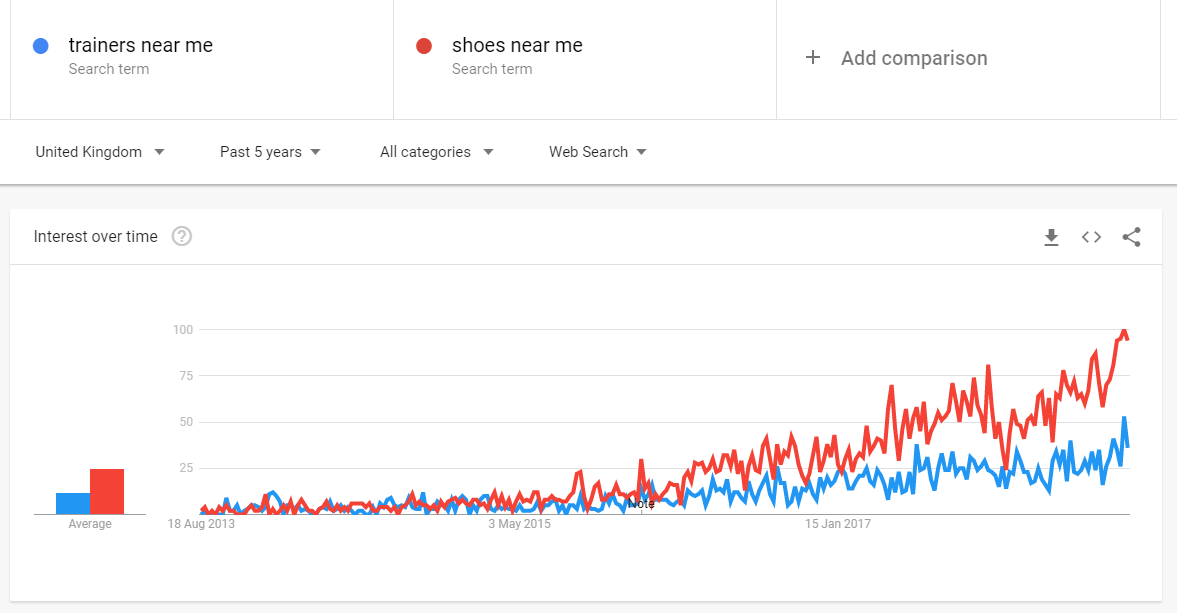
“Near me” searches matter because there is a high consumer intent behind them. The potential rewards therefore for brands that can optimise local search, for not only their store locations but also the services provided, are clear. Optimising for these terms increases the visibility of a brand amongst a highly engaged audience, it makes it easier for those audiences to find your location, it helps brands to improve consumer trust and loyalty through customer reviews, and it provides brands with a wealth of consumer behaviour data from impressions and call to actions.
So how do you make sure that your brand is capitalising on these opportunities?
Optimising your local presence
The first stage in ensuring that your brand’s presence is optimised for local search is to consider the platforms that you want your business to be visible in. Google My Business will naturally be a priority for most organisations but remember that your audience is likely to be active across a range of channels and devices, so consider Bing Local, Facebook, Foursquare, Apple Maps and any other platform that has an element of localisation to it.
The next step in the process is to ensure that you have the relevant data around your business and locations. The more fields that you can complete, the more visible and more valuable your listing is going to be, so at the very least consider the following data:
- Store code
- Business name
- Store / business address
- Latitude and longitude
- Primary phone number
- Additional phone numbers
- Website URL
- Primary business / product category (eg, restaurant, bar, shoe shop, etc)
- Additional categories
- Opening hours, including public holiday hours
- Opening date
- Photos – logo and profile
- Labels
- AdWords location extensions phone
If you have more than ten stores or offices, it may be beneficial to pull this data into a master Excel file, which will make it easier to upload the data in bulk to each directory efficiently. This spreadsheet provides a useful template (.xlsx file).
Once you have completed this stage, you can move on to creating directory accounts.
Open an account for each directory that you want your brand to appear in, and ensure that you are verified for each one. This stage is there to protect your brand, and ensure that people who aren’t associated with your organisation can manipulate your local listings. Each account process will differ and in Google My Business for example, you won’t be able to post any store listings until you have been verified.
Some businesses will outsource this work to a local optimisation management agency and whilst this does come at a cost, it can be a relatively cost-effective way to ensure that your listings are proactively updated across each platform and directory.
How that works in practice, and how to integrate wider communications tactics
With your locations and directory listings in place, and your accounts and locations verified, you can then start making sure that your local listings are working harder to engage your audiences in those key search moments.
Firstly, check the accuracy of your listings, and make sure that the pin for your location is pointing in precisely the right place.
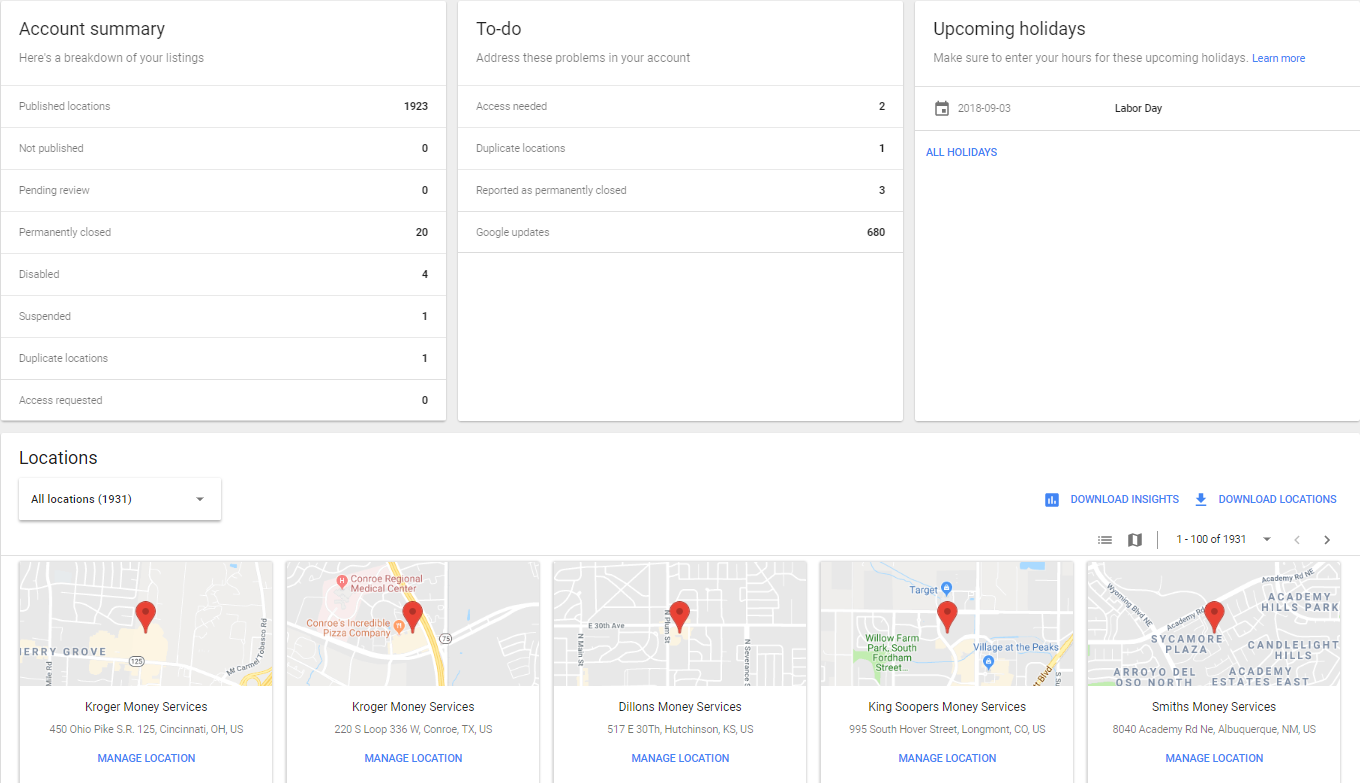
This is particularly important if your location has multiple entrances, is part of a shopping complex or covers a large area. To provide an anecdotal example, a recent Google “near me” search for an ASDA store in Manchester offered directions that took me to the delivery yard of the store, rather than the customer car park – a poor user experience that can easily be fixed by testing that the location listing allows Google to provide the right navigation directions.
When the stores are live, manage each store to ensure that the information up to date within the dashboard (particularly if opening hours are subject to change), and monitor the reviews that are coming through into your listing.
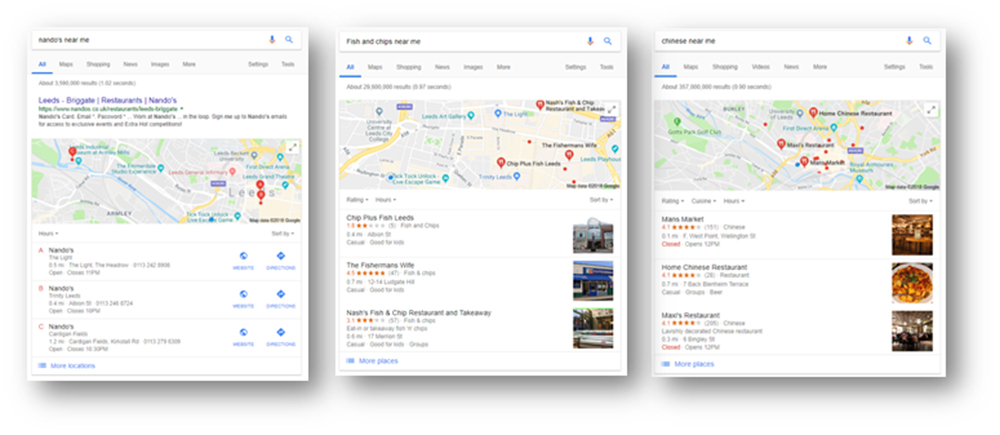
Being optimised in Google Maps has other benefits, particularly when it some to social networks, and taking advantage of these can help you to deliver a much more engaging customer experience. For example, Google My Business will pull into Google Maps API, allowing users of platforms such as Whatsapp or Facebook Messenger to share their location with their peers.
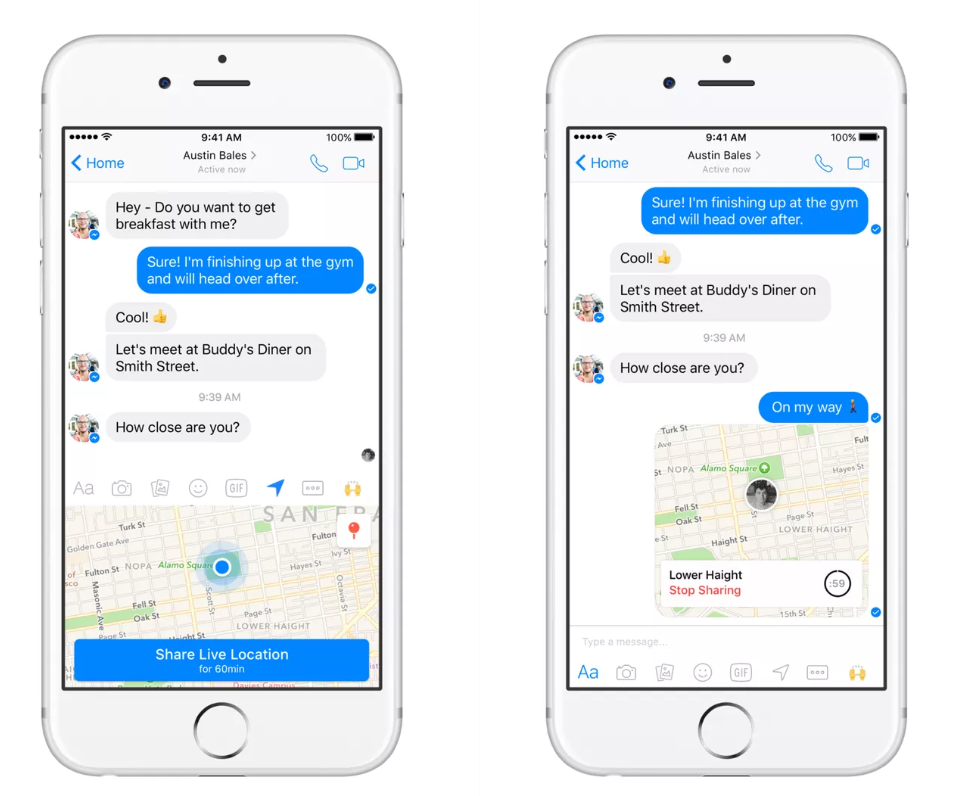
Focus on footfall
Local search is an incredibly powerful tool for driving footfall, but look at this as you would any other form of search engine marketing – which require a blend of both organic and paid strategies to deliver the most effective results.
At Google Marketing Live in July, Google spoke at length about a new Local Campaigns feature, which is specifically designed to drive store visits and increase footfall.
The feature will allow advertisers to set an ad budget per location, with ads generated automatically based on ad creative elements and location extensions. Machine learning will automatically optimise delivery of the ad across search, YouTube, Maps and the Google Display network depending on the relevancy and the context of the ad to those consumers.
Want to know more? Download our Redefining SEO guide to see just what your digital agency should be telling you.


